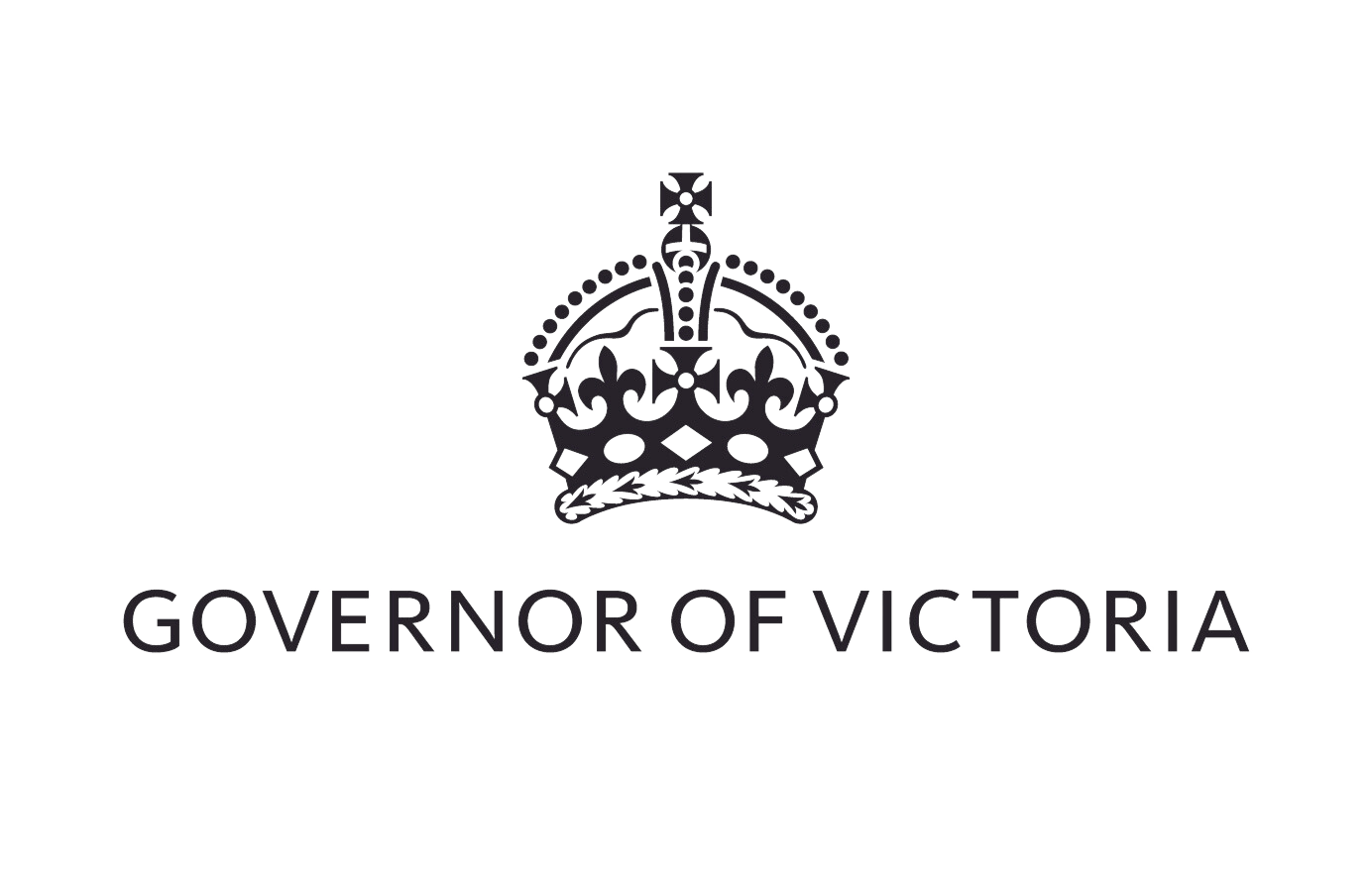
Speech by the Governor of Victoria at the Understanding Victoria Discussion Series Two.
I begin by acknowledging the Traditional Owners of the unceded lands on which this House stands – the Wurundjeri and Bunurong people – and pay my respects to their Elders, past and present.
Welcome to the second instalment of the Understanding Victoria discussion series, titled ‘Faith in the people?’.
The first three discussions in this series concentrate on the engagement of Victorians in the development of our systems of democracy and government.
Today’s discussion follows on from our first instalment, which was titled ‘Disturbing the order of things: The impact of the Gold Rush on ideas, identity and society in Victoria’.
Towards the end of the final presentation by Professor Goodman, he mused on the connections between the gold rush period in Victoria and the democratic ideas that were part of the discussion that made our Federation.
The broadly-based male democracy that arose in 1850s Victoria, tied to an initial vote given to men who held a £1 annual miner’s right, and the introduction of the secret ballot in 1856, placed Victoria among the most democratically progressive places in the world at that time.
The rapid development in Victoria’s suffrage at that time was not repeated in the more complex path to Federation.
In 1857, Select Committees were formed in New South Wales and Victoria to consider the establishment of a federal union. They both agreed on the concept of a Federal Assembly. They did not agree on how it would be achieved and function. Despite agreement about federal unity, no State wanted to compromise its particular position.
A total of 83 Intercolonial Conferences would take place between 1860 and 1900 to argue Federation. As early as 1863 there were tentative agreements between Victoria, New South Wales and Tasmania on a uniform approach to tariffs. But New South Wales and Victoria couldn’t agree on the distribution of revenue from the tariffs. This would be just one of many disagreements between the States.
In 1870, British troops began to withdraw from Australia – highlighting the issue of defence for the individual colonies.
The Australian Natives’ Association, or ANA, formed in 1871 in Melbourne and became a community organisation in favour of uniting the colonies. Many politicians were affiliated with the ANA, including future Prime Ministers Edmund Barton and Alfred Deakin.
Reflecting on Federation, Historian John Hirst wrote:
“Australian historians who doubt the force of national feeling in federation have looked to economics to reveal the selfish motive behind it.
They overlook the motive that is quintessentially selfish and integral to nationalism, the desire for identity and status.” (Hirst 2001)
Victorians had a fervour for Federation, demonstrated by our State’s overwhelming ‘Yes’ vote in both referendums. Queensland opposed the anti-immigration sentiment tied to Federation – as they feared the loss of South Pacific Islands workers who were essential to their sugar cane industry. And with Western Australia coming to the cause much later than the other states – creating unity across every corner of Australia proved difficult.
The Colonial Conferences failed to push the issue of Federation to conclusion, instead a Federal Council of Australasia in 1885 (created by the British Parliament) was formed to tackle the task.
New South Wales and New Zealand chose not to join the Council.
In 1890, at an Australasian Federation Conference held in Melbourne, Sir Henry Parkes famously stated:
“The crimson thread of kinship runs through us all.”
Despite the material pushes for Federation, at a grassroots level there was evidence of patriotic sentiment to this end.
Two major ‘peoples’ conferences, in particular, proved key. The Corowa Conference, held in 1893, connected regional communities from either side of the Victorian and New South Wales border. During that Conference, a representative from the Bendigo ANA, Sir John Quick, proposed and passed what was known as ‘The Corowa Plan’ – a plan that acted as a roadmap to Federation.
A Premiers’ Conference adopted the Plan in 1895 but progress remained slow.
The Bathurst Federation League, frustrated by the inaction of colonial parliaments and conferences, held a second people's conference in November 1896.
Helen Irving suggests in her book To Constitute a Nation – A Cultural History of Australia’s Constitution (1997), that the ‘people had become the legitimating force behind Federation’. Sir Robert Garran described this period of popular movements as:
“[l]eft for dead by the politicians, federation was brought to life by the people.”
Eventually, the stalemate between the States was broken in 1899 – with key compromises agreed between Victoria and New South Wales.
Was this final hurdle overcome because of sentiment or public pressure? Or economic, pushed by particular interests?
These are some of the issues that have been the threads of explanation about the ‘whys’ of federation and what it means today. And there are many more issues to be discussed today prompted by our speakers.
I’d like to stress the importance of why we’ve named this series ‘Understanding Victoria’. By striving for deeper understanding, we equip ourselves as a community to more effectively assess our current priorities and proposed changes. A thriving democracy is characterised by its capacity to examine issues and enhance understanding through open dialogue. Asking questions can result in diverse perspectives and foster the constructive development of ideas and interpretations, rather than simply opposing viewpoints in a set-piece debate.
I want to thank today’s speakers; Marilyn Lake, Carolyn Holbrook and Judith Brett for donating their time in furthering our understanding of Victoria’s history.
And of course, I’d like to thank Jon Faine for facilitating the discussion.
